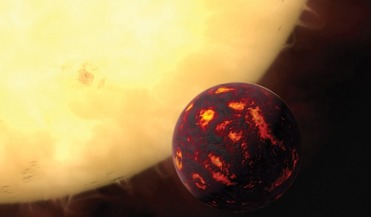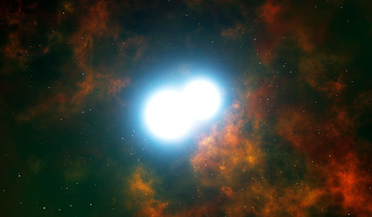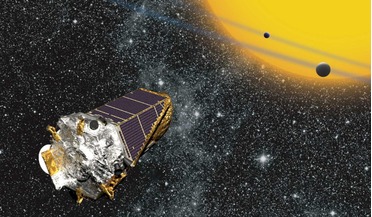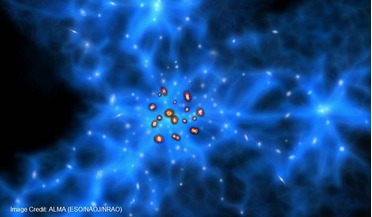 19 February 2020
Molecular oxygen detected for the first time in another galaxy
19 February 2020
Molecular oxygen detected for the first time in another galaxy
...oxygen will go some way in helping scientists to understand the role O2 plays in cosmo-chemistry Further observations of O2 in other galaxies are now needed to help answer why the molecule is in such high abundance in regions several kiloparsecs away...
 March 2017
Twinkle - a mission to unravel the story of planets in our galaxy
March 2017
Twinkle - a mission to unravel the story of planets in our galaxy
.... The targets observed by Twinkle will comprise known exoplanets discovered by existing and upcoming ground surveys in our galaxy (e.g. WASP or HATNet) and space observatories (Kepler-2, GAIA, Cheops and TESS). The Twinkle satellite will be built...
 09 May 2016
Ancient silicate grains reveal histories of stardust in the Galaxy
09 May 2016
Ancient silicate grains reveal histories of stardust in the Galaxy
... the histories of dust particles that have roamed the Galaxy for millions of years before the sun and planets ...bona fide silicate stardust from three major dust producers in the Galaxy: red giant stars, explosive supernovae, and novae,” said the...
 02 May 2018
Astronomers spot fastest stars in the galaxy with Gaia
02 May 2018
Astronomers spot fastest stars in the galaxy with Gaia
... revealing some interesting information about the stars in our galaxy, including what could be some of the fastest known...unveiling of information on over 1.6 billion stars in our galaxy to an eagerly awaiting scientific community. What followed was ...
 17 June 2020
Six billion Earth-like planets could be in our galaxy, new study says
17 June 2020
Six billion Earth-like planets could be in our galaxy, new study says
... being G-type. That means less than six billion stars may have Earth-like planets in our Galaxy." Previous estimates of the frequency of Earth-like planets range from roughly 0.02 potentially habitable planets per Sun...
 07 December 2015
Massive baby galaxies nestled in dark matter filaments found by ALMA
07 December 2015
Massive baby galaxies nestled in dark matter filaments found by ALMA
... from Earth. These images were then compared with previous observations made in visible light of the same galaxies by the Subaru Telescope, operated by the National Astronomical Observatory of Japan (NAOJ). Observations confirmed that the young...